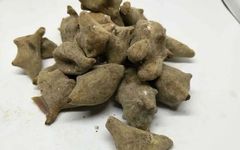Click the blue text above to follow us
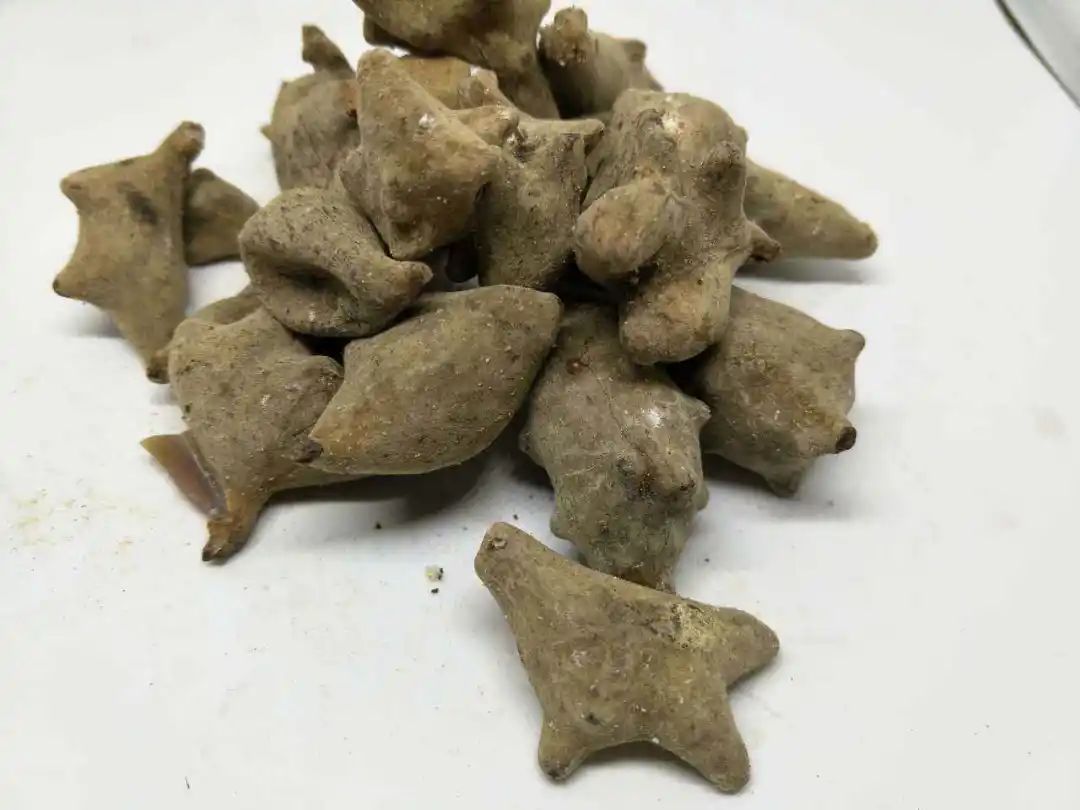
Fuzi (Aconite) is first recorded in the “Shennong Bencao Jing” (Shennong’s Classic of Materia Medica), classified as a lower-grade herb. It is described as having a “spicy and warm taste. It is indicated for wind-cold, cough due to evil qi, warming the middle, treating traumatic injuries, breaking up hard masses, blood stasis, cold-dampness causing pain, and spasms, as well as knee pain that prevents walking.” This indicates that over 2000 years ago, people recognized the warming yang and dispelling cold, as well as the pain-relieving effects of Fuzi, which has been widely used in clinical practice.
Due to its toxicity, Fuzi is often processed before use. Based on the differences in color and taste after processing, it is categorized into salt-processed Fuzi, black Fuzi (He Shun Pian), white Fuzi, and light Fuzi. Black Fuzi is most similar in efficacy to raw Fuzi, thus in modern clinical practice, Fuzi generally refers to black Fuzi.
Fuzi is revered by generations of physicians for its ability to restore yang qi, dispel yin-cold, and resolve phlegm, especially in critical conditions. It is recognized as the “first herb for reviving yang and rescuing from reversal.” The medical sage Zhang Zhongjing was the first to adeptly use and advocate for Fuzi, with 34 out of 113 formulas recorded in the “Shanghan Zhabing Lun” (Treatise on Cold Damage) containing Fuzi. Zhang Zhongjing used raw Fuzi to revive yang and rescue from reversal, and processed Fuzi to warm the channels and support yang, dispelling cold and eliminating dampness. He discussed its use in various disease sections including Taiyang, Yangming, Shaoyin, and Jueyin, stating, “If the patient feels very hot yet desires to be covered, the heat is on the skin while the cold is in the marrow.” Any signs of yang deficiency and internal cold are treated with Fuzi to warm yang and dispel cold, and it is flexibly combined in numerous formulas such as Guizhi Jia Fuzi Tang, Sijiao Tang, Zhenwu Tang, and Fuzi Xiexin Tang. Ming dynasty physician Zhang Jingyue referred to the “Four Vital Medicines,” stating, “Ren Shen (Ginseng), Shu Di (Rehmannia), Fuzi (Aconite), and Dahuang (Rhubarb) are indeed the four vital medicines among herbs… Ren Shen and Shu Di are the good ministers of the world; Fuzi and Dahuang are the good generals of chaotic times.” The term “Four Vital Medicines” originally referred to the four moral principles of “ritual, righteousness, integrity, and shame,” essential for national stability. Zhang Jingyue’s classification of Fuzi as a good general among the four vital medicines highlights its role in restoring order and saving lives. The late great master He Shaoqi stated, “Fuzi can be used for both ascending and descending, attacking and tonifying, cold and hot, moving and stopping, internal and external, and its effects vary infinitely based on its combinations. When used appropriately, its therapeutic effects are remarkable, making it irreplaceable among herbs. It is not an exaggeration to call it the ‘leader of all herbs.'”
Many physicians have been praised for their adept use of Fuzi, such as Zhu Fuzi (Zhu Weijun), Wu Fuzi (Wu Peiheng), and Mr. Fuzi (Fu Mengshang), who achieved remarkable clinical results through their skillful application of Fuzi, earning them a great reputation in the medical community.
From the discussions of past sages, it is evident that the efficacy of Fuzi is significant, dispelling evil and promoting righteous qi. Its primary function is to enhance the body’s self-regulatory capabilities to correct the internal physiological abnormalities that lead to disease, which aligns with the TCM principle of “treating the root.” Therefore, understanding the principles and uses of Fuzi will undoubtedly help address many challenges in modern medicine, including cardiac rehabilitation.
 01
01
Compatibility of Fuzi
Fuzi not only has cardiotonic, anti-arrhythmic, and anti-inflammatory analgesic effects, but it can also enhance the body’s immunity, exhibiting anti-aging and anti-tumor properties. Clinically, it is often used to treat shock, hypotension, coronary heart disease, and rheumatic heart disease caused by acute myocardial infarction, with significant efficacy. As Yun Tieqiao once said, “Fuzi is the most useful yet the most difficult to use.” How to utilize Fuzi has always been a challenge faced by physicians throughout history. To maximize the medicinal efficacy of Fuzi and ensure clinical safety, methods such as processing and compatibility can be employed to reduce its toxicity.
The “Shennong Bencao Jing” states: “If it is toxic, it should be processed; it can be used with mutually restraining herbs; otherwise, do not combine them.”
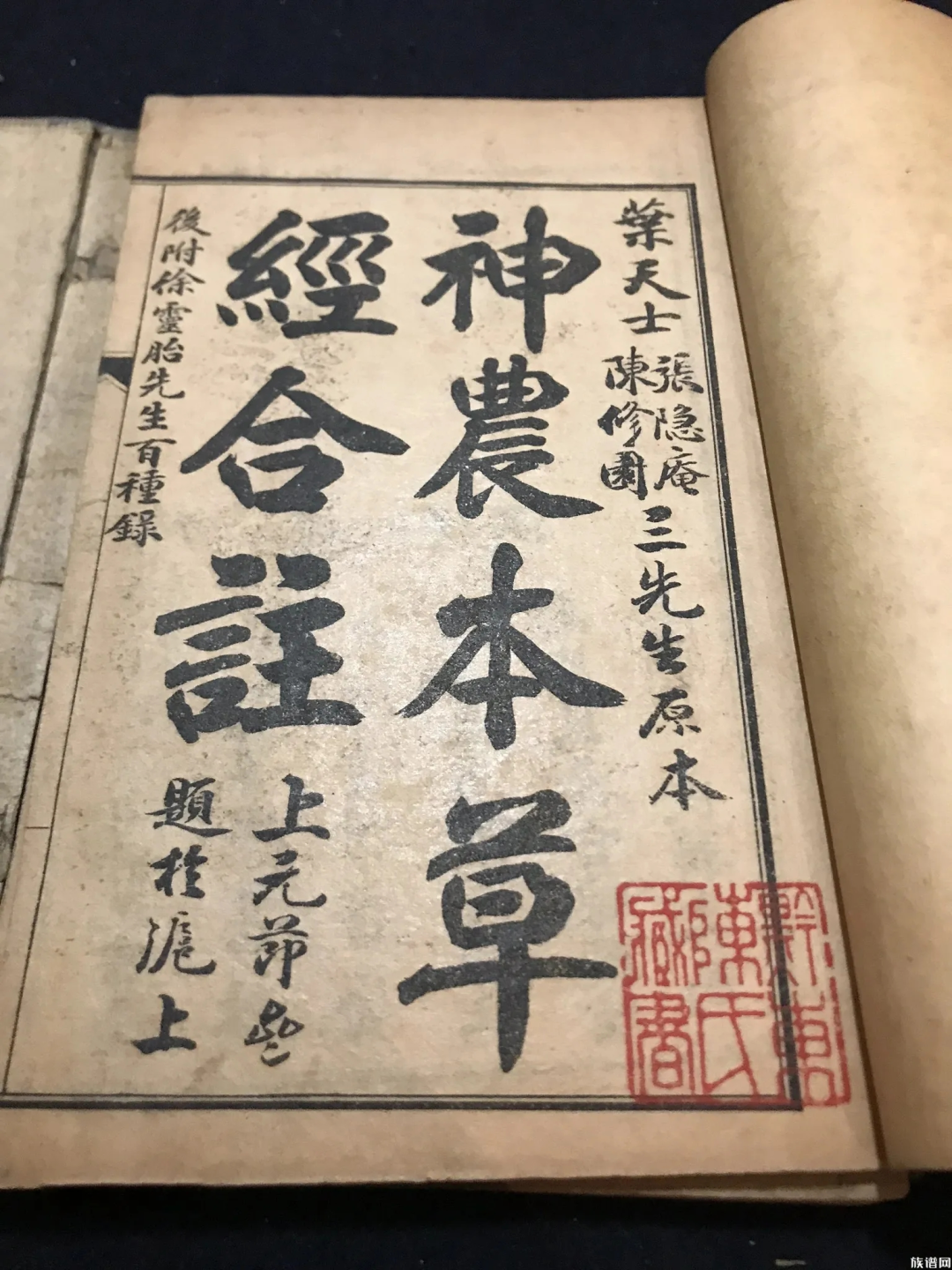
Based on traditional TCM theory, utilizing the seven emotions of herbs for compatibility to achieve the goal of reducing toxicity and enhancing efficacy of Fuzi is one of the common methods used by ancient physicians. Fuzi is often combined with other herbs to treat various heart diseases.
Fuzi and Dried Ginger
Fuzi and dried ginger are the most commonly used combination in clinical practice. Fuzi excels at reviving yang and rescuing from reversal, moving without being restrained, and can penetrate through the interior and exterior. Dried ginger has the function of reviving yang and unblocking the vessels, being restrained and not moving, warming the middle and reviving yang.
The two herbs complement each other, as the ancients said: “Fuzi cannot generate heat without ginger.” Moreover, the petroleum ether and chloroform extracts of dried ginger can reduce the content of aconitine in Fuzi, thereby lowering its toxicity. Therefore, the combination of Fuzi and dried ginger is often used for yang collapse, such as in the “Sijiao Tang” (Four Reversal Decoction) from the “Shanghan Lun,” which uses Fuzi, dried ginger, and licorice together to warm the middle, dispel cold, and revive yang, hence it is also known as the “Zhongjing Fuzi Compatibility Method.”
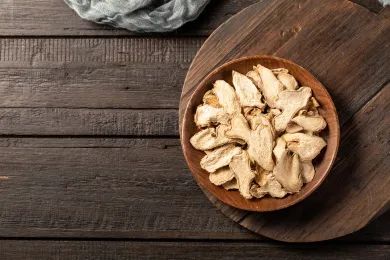
Fuzi and Guizhi (Cinnamon Twig)
Fuzi warms the kidney yang, circulates through the twelve meridians, and has the effect of dispelling cold and dampness, which can unblock the joints and eliminate deep-seated cold dampness. Guizhi warms the channels and disperses cold, horizontally unblocking the joints, and can resolve superficial cold. The combination of these two herbs works to warm and circulate the heart and kidney yang qi, dispelling cold and alleviating pain. Chen Miaofeng used this combination with Dangshen (Codonopsis), Huangqi (Astragalus), Maidong (Ophiopogon), Danshen (Salvia), and roasted licorice to treat yang deficiency type arrhythmia, believing that Fuzi strengthens the heart, increases myocardial blood supply, enhances the excitability of the sinoatrial node, and improves conduction function, applicable for both bradyarrhythmia and tachyarrhythmia.
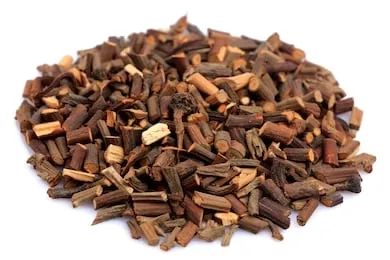
Rougui (Cinnamon) and Fuzi
Rougui has the effect of gathering fire and returning to the source. When paired with Fuzi, Rougui acts like the string of a kite, holding Fuzi’s yang-raising properties, preventing its heat from dissipating freely. Additionally, Rougui itself has the property of guiding fire downward, so the combination of Fuzi and Rougui directs the heat downward.
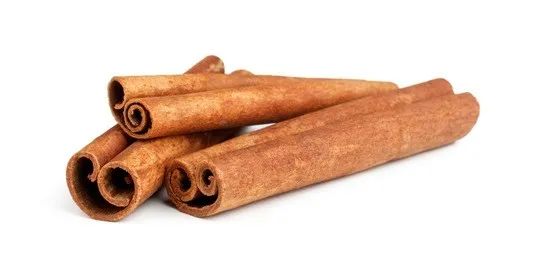
Hua Jiao (Sichuan Pepper) and Fuzi
Fuzi and Hua Jiao are both spicy and warm, and can warm the interior and disperse cold. The key is that one warms the yang of the Shaoyin, while the other warms the yang of the Taiyin, thus the combination of Fuzi and Hua Jiao provides warmth.
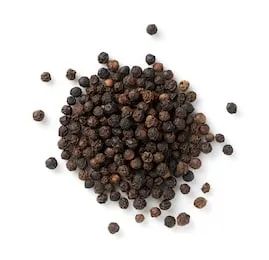
Bai Zhu (White Atractylodes) and Fuzi
Bai Zhu enters the Taiyin spleen meridian, has the properties of drying dampness and tonifying spleen yang, while Fuzi enters the Shaoyin meridian. The Taiyin and Shaoyin are the residence of yang qi, and when these two herbs are combined, it can be said to ensure the safety of the household.
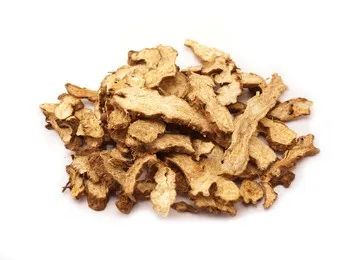
Gan Cao (Licorice) and Fuzi
Gan Cao is the most frequently used herb in all Chinese medicines because it has the strongest earthy quality, which nurtures all things. When Fuzi is combined with Gan Cao, the earthy quality of Gan Cao can both suppress the fire and neutralize the toxicity of Fuzi.

Xixin (Asarum) and Fuzi
Xixin is like a ball of thread, capable of reaching everywhere. When paired with Fuzi, which raises yang, Xixin disperses, making the combination of Fuzi and Xixin like paving a road for the flame, allowing it to spread everywhere.
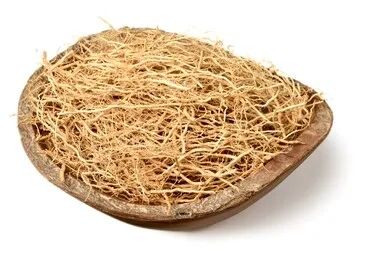
Huangqi (Astragalus) and Fuzi
When Fuzi is combined with Huangqi, it represents an internal and external approach. Fuzi is used to strengthen the capital’s military, while Huangqi establishes the defensive walls, thus the combination of these two herbs operates on both internal and external fronts.
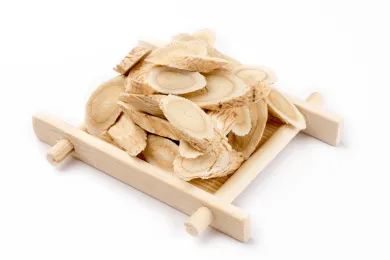
Mahuang (Ephedra) and Fuzi
Mahuang acts as a drying agent, specifically targeting the cold and damp qi. When Fuzi is combined with Mahuang, it simultaneously ignites and dries, effectively removing moisture.
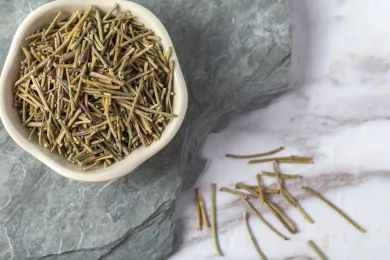
 03
03
Exploring Compatibility
In fact, there are many compatibility methods for Fuzi. Although Teacher Dong’s usage is not frequent, there are still some combinations that have proven effective, such as Lu Rong (Deer Antler) with Fuzi, Banxia (Pinellia) with Fuzi, and Ren Shen (Ginseng) with Fuzi, among others. There are even some combinations like Shi Gao (Gypsum) with Fuzi and Dahuang (Rhubarb) with Fuzi, but I do not recommend such uses, so I will not elaborate on them here.
The use of Fuzi still requires further exploration and development, not only in terms of methods but also in dosage, as the amount used affects patient recovery. We, as practitioners of yang-reinforcing TCM, must continue to forge ahead and remain true to our original intentions.
Compatibility of Fuzi
Historical Articles
How Fuzi is Processed
Treating infertility, being your own family doctor.
The “forbidden” list for diabetic patients is the root cause of damaging stomach qi.
Beijing Fuyang International TCM Research Institute
WeChat ID: bjfygjzzykxyjy
Scan the QR code on the right to follow us

Tap to see, you look the best~

